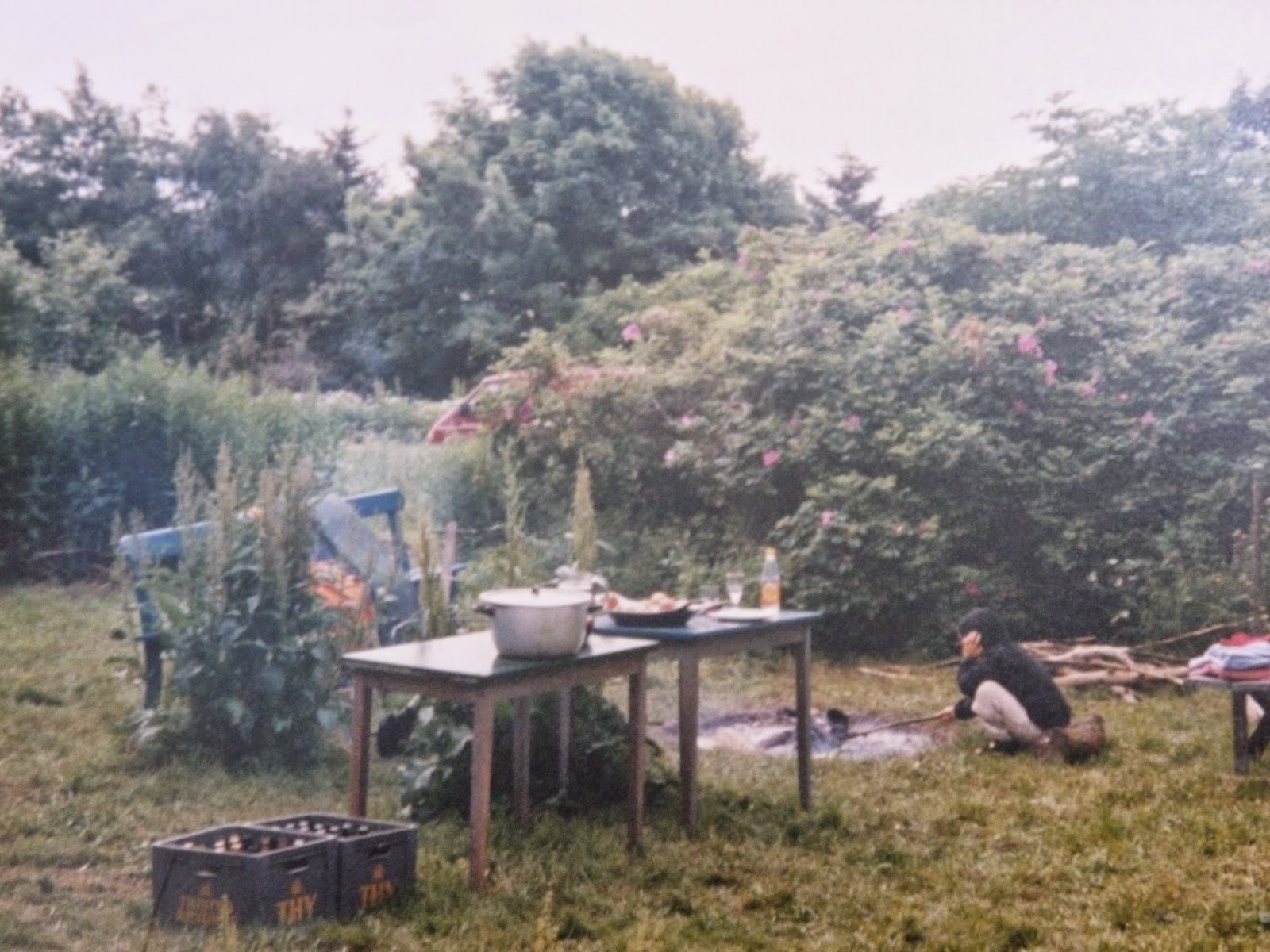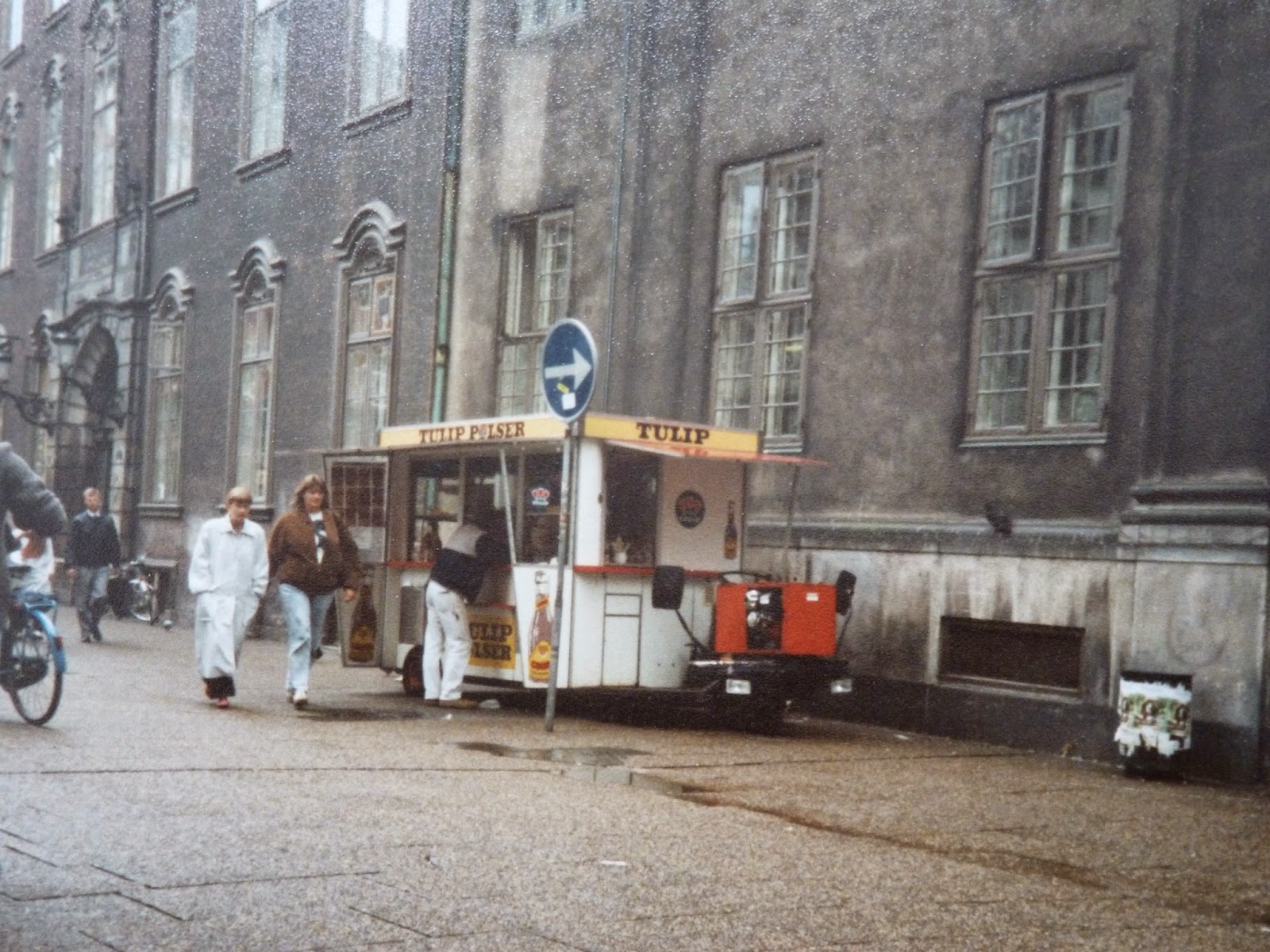So another series of Food And Drink draws to a close. They have
attempted to be topical, with shows on budget eating, using up
leftovers to prevent waste, food miles and seasonality. Michel Roux was in full
“I’m no longer a scary judge on Masterchef” amicable mode, sincerely welcoming - and pretending he had something to learn from - various top chefs and proper
domestic goddess and national treasure Mary Berry. He would then turn away from
them to whip up some incredible dish which he insisted we immediately make
at home, assuring us of its great simplicity. But soufflé? Really? “Don’t be
scared”, he said. And then proceeded to show us exactly why we should be.
The “drinks expert” on Food And Drink has always been the
person who has provided the parody over the years. Jilly Goolden always appeared to have tippled
rather more than she needed to with her overly elaborate descriptions of the
nose of her wine. (I myself have always wondered how you get to be a “drinks
expert” without it being a euphemism for doing serious damage to your liver.)
But after posh Jilly, it appears the producers wanted someone more down to
earth, which must be why they picked northern lass Kate Goodman, who runs an
offie in Didsbury. This series they at least allowed her to be more specific
about her chosen bottles, naming specific wineries and prices. Last series,
possibly fearing breaking BBC advertising rules, they limited her to saying
things like, “Mm, lamb. You know what would be good with this – a nice Shiraz.”
“White wine goes quite well with fish.” “Spanish wines are usually quite
affordable. This one is very tasty” or "How about a cup of tea with this
cake?” Unless that really was the extent of her knowledge, in which
case they might as well have offered her job to me.
My husband and I used to rather fancy ourselves as drinks
experts. When we look back on our London days, it’s actually quite shocking to
think what we would consume on an average evening. Cocktails on our Crouch End
roof terrace to start, followed by a bottle of wine with dinner, and then maybe
a post-prandial Spanish liqueur or single malt nightcap. We had not one but
three full wine racks above our kitchen cupboards. (We lacked a cellar, living in
a first-floor flat.) We received deliveries from various wine merchants
throughout the land. I rented my husband a row of vines in a Beaujolais
vineyard. Now we have a young child and only one household income, if we drink
anything at all, we will split a bottle of wine over two or three evenings, and
it’s a bottle of wine that we bought half-price in a supermarket or as part of
an M&S Dine In For £10 deal. The space in our house in York (still no
cellar, living near to the ever flooding River Ouse) we used to store wine has
been filled with toys. Probably better for our liver, but it’s a shame we hardly
ever get to drink any truly good stuff now. I’ve even acquired an anticipatory
wince every time I take my first sip of a newly opened bottle.
Our
favourite wine – when we can afford something better - is still that of New
Zealand, sauvignon blanc for white, pinot noir for red. Nothing original about
that. When we went to New Zealand for a three-week trip the year after my mum
died, we were determined to sample as much of the stuff in its native land as
we possibly could. So in Napier on the North Island, an art deco town rebuilt
after an earthquake in the 1930s which would have had a more Californian feel
had the temperature been about 15 degrees warmer, we did a winery tour with a
jovial chap named Vince (“Vunce”). He bundled us into the back of his minivan,
asked us what sort of wines we liked to drink, then mapped out a personal tour
of the whole Hawkes Bay region for us. I am so happy to see on Trip Advisor
that Vince is still up and running to rave reviews, as our afternoon with him
was definitely one of the big highlights of a generally amazing trip. For some
reason (given his popularity), we were the only two people on his tour that day,
so we really did get the personal touch. But this put quite a lot of pressure
on us to try everything on offer, and buy at least one bottle at every winery
we visited. By the end of the afternoon we were so drunk that we bought a
bottle of wine with the words “Chris de Burgh” on the label. (It was, to be
fair, on special offer.) The Hawkes Bay region is very ambitious when it comes to winemaking and they'll try their hand at any grape - we sampled Tempranillos, Viogniers and Montepulcianos as well as the more expected Sauvignons, Chardonnays, Merlots and Cab Savs ...(I did say we ended up off our faces)... and they were all superb. Our hire
car was entirely laden down with wine as we left Napier for Wellington, but at
least we had plenty of bottles to gift to any subsequent hosts, and most New
Zealand restaurants do bring-your-own, so we had got rid of most of
it by the time we ended our tour in Christchurch a fortnight later. The only
problem came when we had to change hire cars between the North and South Islands.
We had to board the Picton-bound ferry carrying several clunking plastic
carrier bags brimming with bottles, which, coupled with being jetlagged and
dishevelled, is never a good look.
I would love to go back to New Zealand, but all that way on
a plane with a three-year-old? No chance. The journey was tough enough by
ourselves, listening to other people’s children screaming for nine hours at a
time. So any further wine study, for the next few years at least, will have to
be undertaken closer to home. One advantage of climate change is the vast
improvement it is bringing to English wine in vineyards like Chapel Down and
Denbies. I do believe there’s even a
vineyard somewhere in Yorkshire now.















